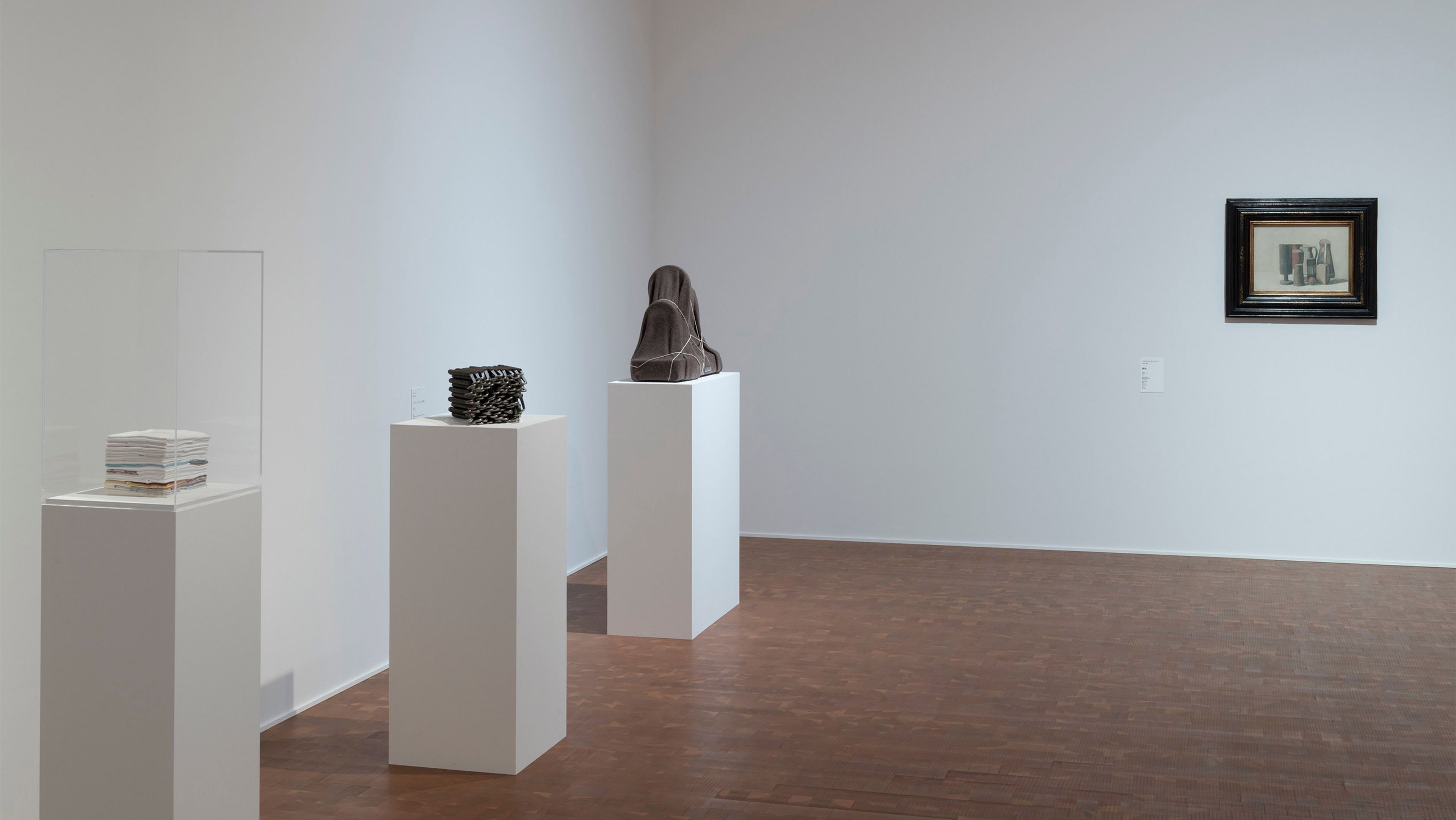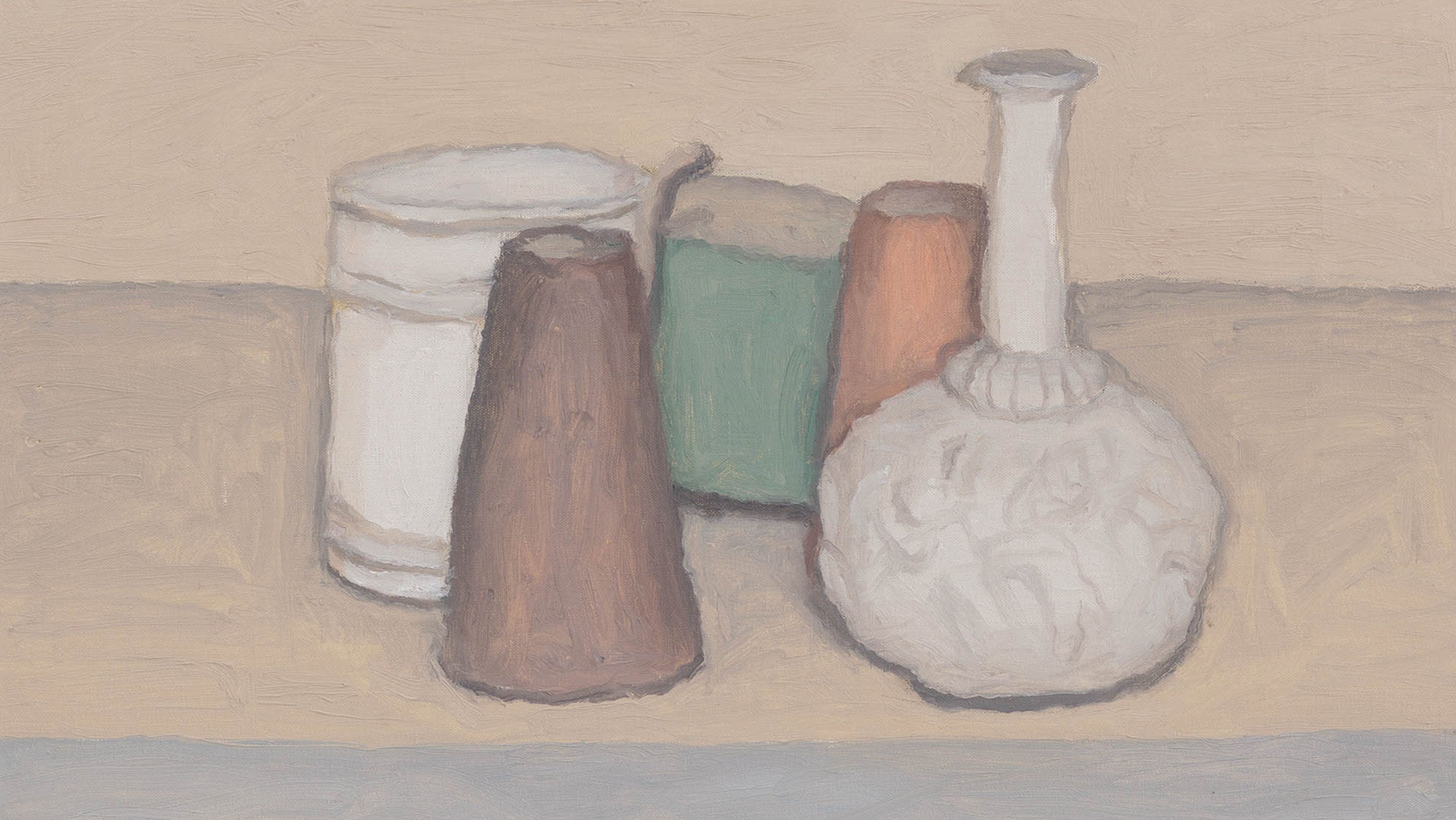The National Museum of Art, Osaka
May 2018
May 26–July 1, 2018 Today, the world is flooded with information about every conceivable field, and is growing ever more globalized and diverse. In this environment, museums’ conventional procedures for storing and exhibiting art by era or by region are becoming ineffective. In Europe and North America, museums of contemporary art have been holding an increasing number of thematically organized exhibitions. This exhibition presents works from the collection of The National Museum of Art, Osaka, grouped according to nineteen themes. These themes are ones that enable viewers to stop, think, and find new meanings, and can be roughly divided into “elements of works” and “subjects depicted in works.” The art on view is diverse, ranging from iconic works that embody certain themes to selections that may surprise the viewer, and includes around fifty new acquisitions. The basic frameworks by which art is classified—era, region, genre—are taken into account, but combinations and juxtapositions highlight connections among widely varied works of art. This special exhibition of works from the collection seeks not merely to reconfirm what each viewer already knows about art, but to elicit new discoveries and offer opportunities to think about art from new angles. Exhibiting artists include Giorgio Morandi as well as Dan Flavin, Felix Gonzalez-Torres, On Kawara, Sherrie Levine, Sigmar Polke, Thomas Ruff, Wolfgang Tillmans, and Luc Tuymans.

